Italy: The Colosseum’s Crumbling Legacy

The Colosseum stands as a symbol of Rome’s ancient glory, but today, it faces a battle against the relentless flow of tourists. With over 7 million visitors reported in 2023, the amphitheater’s age-old stones are showing visible signs of wear. The constant rubbing of feet and hands against the limestone has caused not just erosion but also the loss of intricate carvings that once told stories of gladiators and emperors. Even modern-day graffiti has scarred the monument, with several high-profile incidents of visitors carving their initials into the ancient walls. Italian authorities, alarmed by these acts, have increased ticket prices and introduced timed entry slots, yet the crowds have not diminished. In a single summer month in 2024, daily visitor numbers sometimes exceeded 20,000, straining security and conservation teams. The challenge is clear: how to keep this global treasure accessible without letting it crumble under the weight of admiration.
Greece: The Acropolis Under Siege
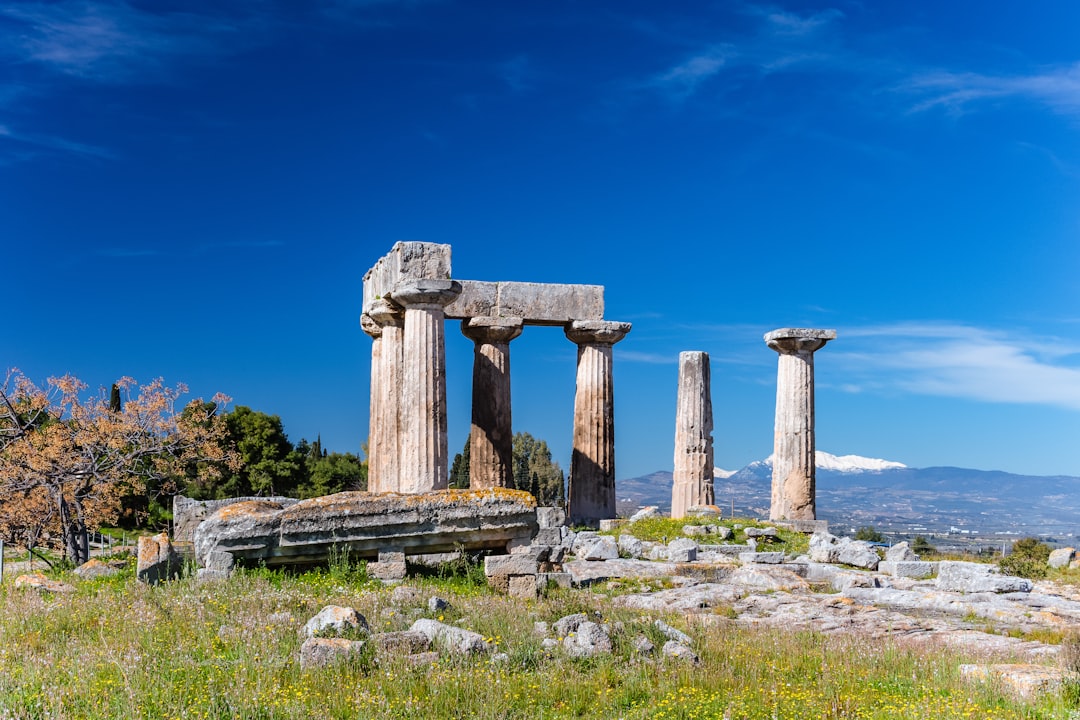
Perched atop a rocky hill, the Acropolis has watched over Athens for millennia, but its stones are now worn thin by the millions of footsteps that climb its slopes each year. In 2024, approximately 3 million tourists made the journey, a staggering figure that has alarmed preservationists. The Greek government responded with new rules, such as restricting access during peak hours and increasing surveillance, but tourist numbers have not significantly declined. The site’s marble steps have become dangerously slippery and worn, forcing emergency repairs. Pollution from nearby traffic and the sheer volume of human presence have accelerated the discoloration and cracking of the Parthenon’s pillars. Environmental groups have pressed for even stricter controls, including potential shutdowns during the hottest months when damage is most severe. The debate continues to rage in Greece: should access to the Acropolis be a right for all, or a privilege to be carefully rationed?
Egypt: The Pyramids of Giza and the Strain of Curiosity
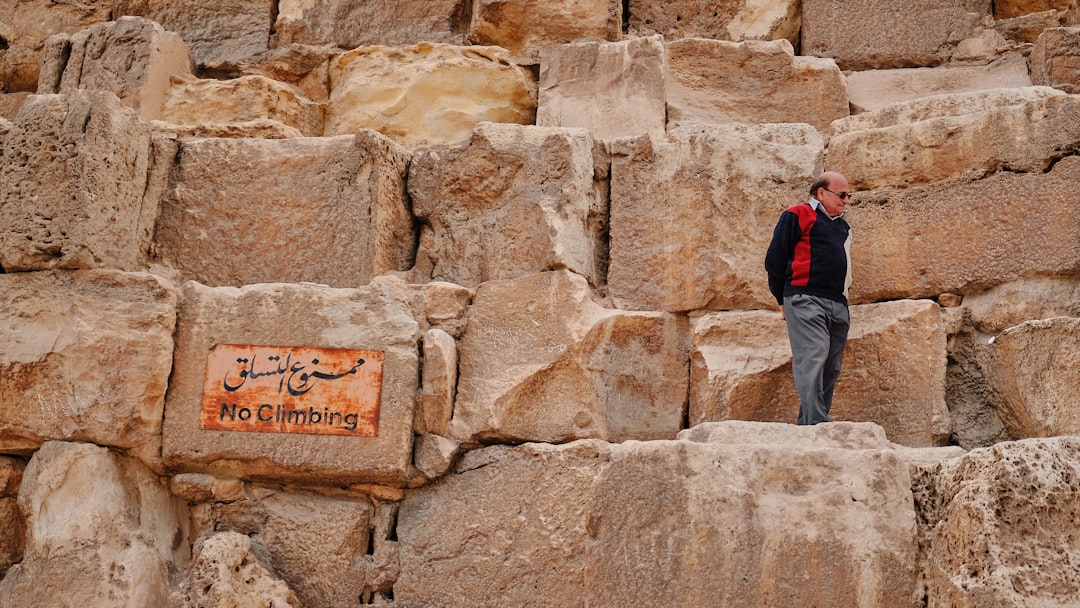
The Pyramids of Giza, standing for over 4,500 years, are now threatened by an unprecedented wave of visitors. With roughly 14 million tourists visiting in 2023, the physical footprint left behind is hard to ignore. Tourists commonly disregard warnings, climbing the pyramids for photos or leaving litter around the site. Each year, security staff report hundreds of incidents where visitors chip off small stones as souvenirs. The Egyptian Ministry of Antiquities has launched awareness campaigns and increased patrols, but enforcement remains patchy. In 2024, drone footage revealed new erosion patterns on the pyramid faces, believed to be worsened by illegal climbing and selfie-seekers. The area around the pyramids has also become congested with vendors and camel rides, further compounding the wear on these ancient marvels. The fine line between sharing human heritage and protecting it has never been thinner for Egypt.
Peru: Machu Picchu’s Fragile Paths
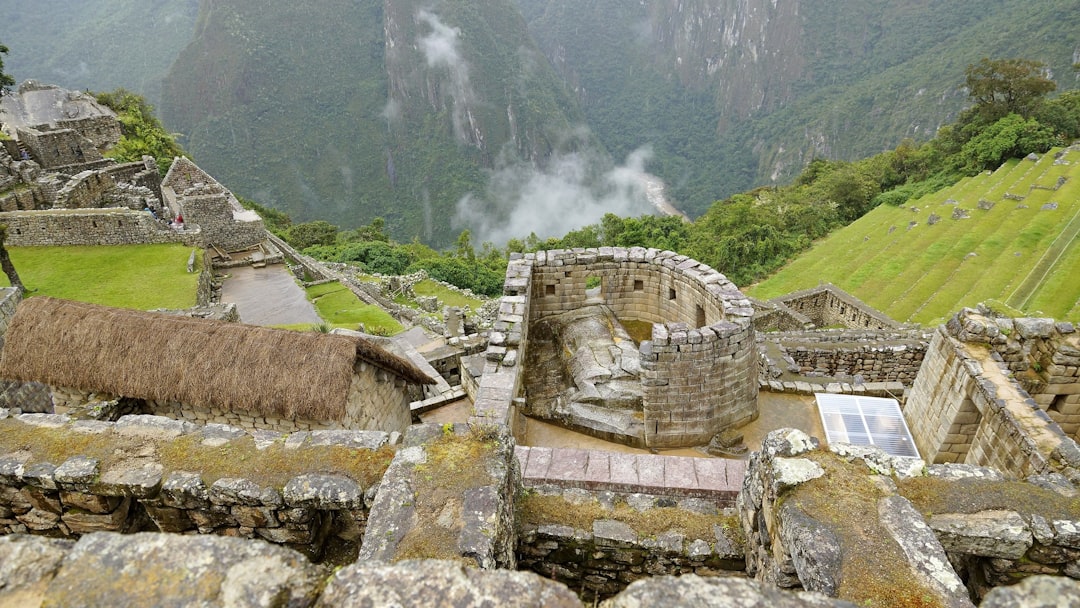
Nestled high in the Andes, Machu Picchu’s breathtaking terraces draw travelers from every corner of the globe. In 2023, the site welcomed around 1.5 million visitors, despite the Peruvian government’s daily quota system. The pressure is evident: stone steps are eroding, pathways are widening from constant use, and the local flora is being trampled. Litter, though less of a problem due to strict fines, still appears in hidden corners. A 2024 study found that heavy footfall is compacting the soil, endangering the site’s unique ecosystem and causing water drainage issues that threaten the ancient foundations. Even with efforts to stagger entry times and increase ranger patrols, the lure of Machu Picchu outpaces the measures meant to protect it. The local community now faces the difficult task of balancing economic benefits from tourism with the irreversible loss of their cultural inheritance.
Cambodia: Angkor Wat’s Vanishing Stones

Angkor Wat, the world’s largest religious monument, saw visitor numbers surpass 2.6 million in 2024, according to the Cambodian Ministry of Tourism. The site’s ornate sandstone carvings are fading under the touch of countless hands and the weight of feet that shuffle over centuries-old floors. Some of the towers have suffered structural cracks, directly linked to vibrations from large tour groups and even nearby construction. The Cambodian government has restricted access to certain delicate areas, yet many tourists still find ways to bypass ropes for the perfect photo. In 2025, a report highlighted how tourism-related pollution and waste management problems have further degraded the surrounding environment. The immense popularity of Angkor Wat has become its greatest threat, and local authorities are racing against time to find sustainable solutions before more of this wonder disappears forever.
Turkey: Ephesus and the March of Time
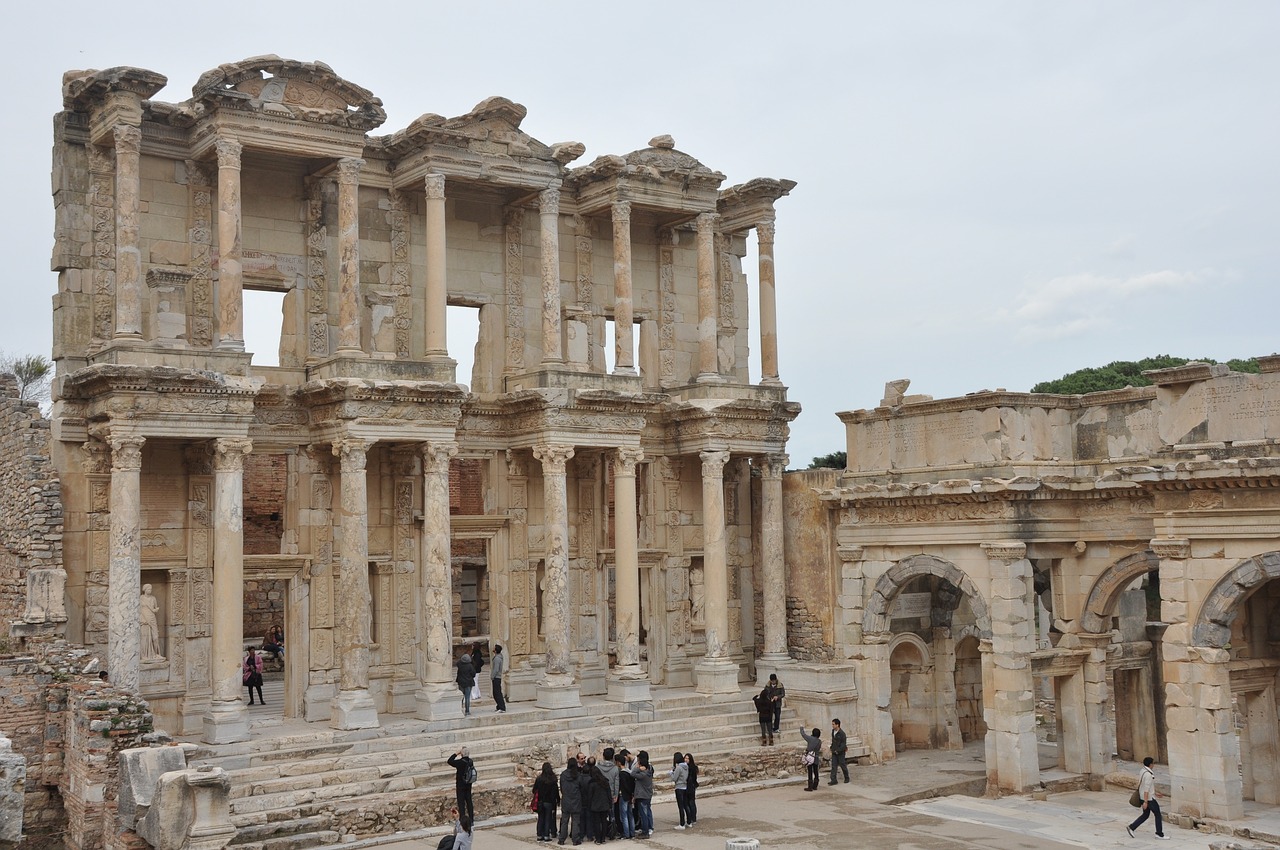
Ephesus, once a bustling Roman city, saw nearly 2 million visitors in 2023, straining its marble streets and ancient theaters. The Library of Celsus, a highlight for most, has suffered from accidental bumps and intentional defacement. Turkish officials responded by cordoning off vulnerable sections and limiting group sizes, but the sheer volume of tourists continues to wear down the site’s features. Archaeologists have warned that vibrations from large crowds may be destabilizing the Great Theatre’s seating, a risk not fully understood until recent damage reports in late 2024. The city’s mosaic floors, once vibrant, are fading from years of shoes and sandals scraping across their surfaces. Guides now plead with visitors to respect boundaries, but even the best efforts often go ignored in the rush to capture a perfect snapshot. Ephesus illustrates the heartbreaking reality of what happens when history becomes a playground.
Mexico: Chichen Itza’s Vanishing Majesty
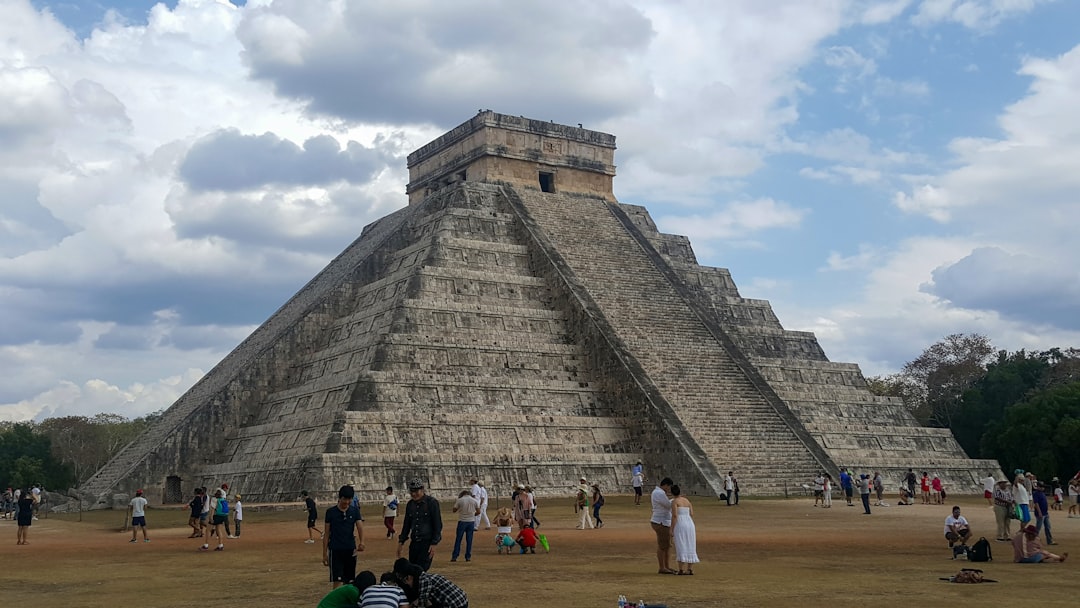
Chichen Itza, a jewel of Mayan civilization, has faced mounting challenges from the over 2.5 million visitors who flocked there in 2024. The Kukulkan Pyramid, once open for climbing, has been closed to prevent further erosion, yet tourists still attempt to scale it, leading to regular security incidents. The surrounding grounds have seen increased litter and damage to smaller ruins as crowds spill out beyond designated areas. Mexican authorities have introduced new educational campaigns and beefed up fines, but enforcement is difficult amid the dense crowds. A 2025 survey found that local wildlife, once common around the site, has retreated due to noise and pollution. The loss is not just architectural but ecological, with the entire site’s atmosphere changing under tourism’s heavy hand. Chichen Itza’s fate is now a warning to other ancient wonders in the region.
Jordan: Petra’s Fading Rose-Red Walls
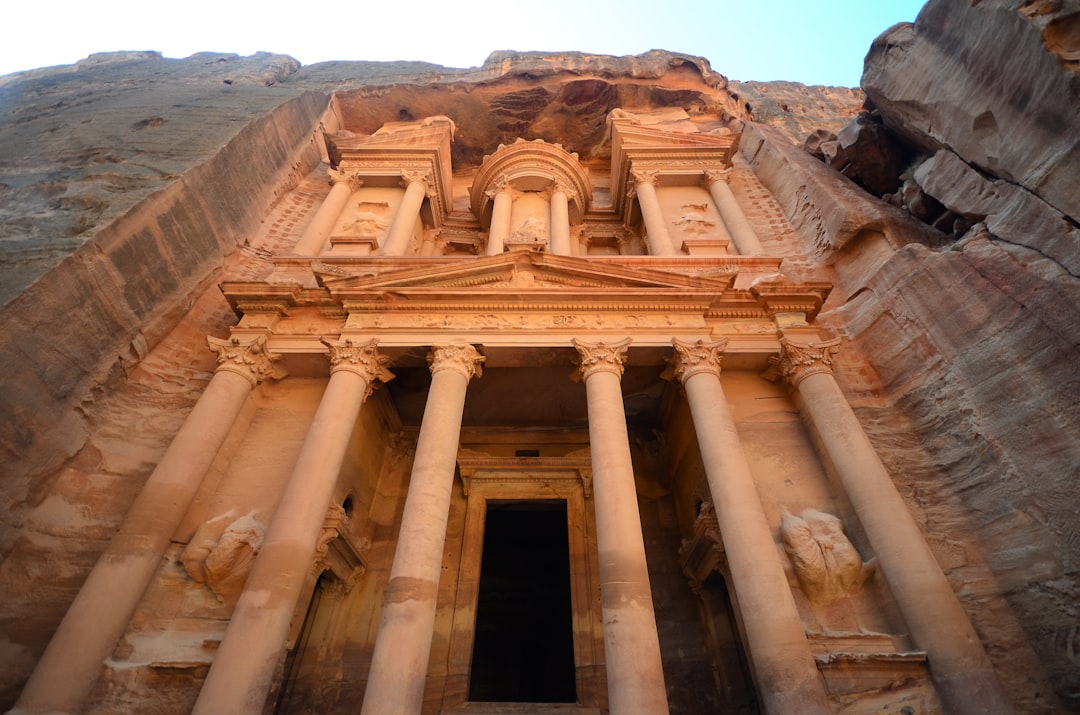
Petra, famous for its rock-cut façades, had approximately 1.2 million visitors in 2023, a number that has pushed the site to its limits. The Siq, Petra’s narrow entrance canyon, has seen its walls eroded by constant touch, and carvings on the Treasury are suffering from the oils left by human skin. Despite clear guidelines, many tourists ignore requests to avoid touching or climbing on fragile structures. The Jordanian government has increased signage and ranger presence, but enforcement remains a challenge in such a sprawling site. Studies in 2024 found that dust from foot traffic is accelerating the weathering process, while increased humidity from crowds contributes to salt crystallization within the sandstone. Horse and camel rides, popular among tourists, have also damaged paths and left behind waste that local authorities struggle to manage. Petra’s unique beauty is at risk of being loved to death.
China: The Great Wall’s Eroding Defenses

The Great Wall, stretching thousands of miles across northern China, is no stranger to the impact of mass tourism. In 2024, over 10 million visitors were recorded across its various sections, many gravitating toward the most accessible and picturesque areas. Decades of climbing, graffiti, and souvenir collection have left parts of the wall crumbling. Chinese authorities have closed certain stretches to allow for restoration, but illegal tourism and unregulated hiking persist in less-patrolled areas. Restoration efforts in 2025 have focused on using traditional bricks and mortar, but experts warn that some sections are too far gone for repair. The wall’s battlements, once meant to repel invaders, now struggle against the onslaught of selfie sticks and picnic lunches. The story of the Great Wall is a sobering lesson in how even the mightiest structures can be undone by small, everyday acts.
India: The Taj Mahal’s Battle Against Time
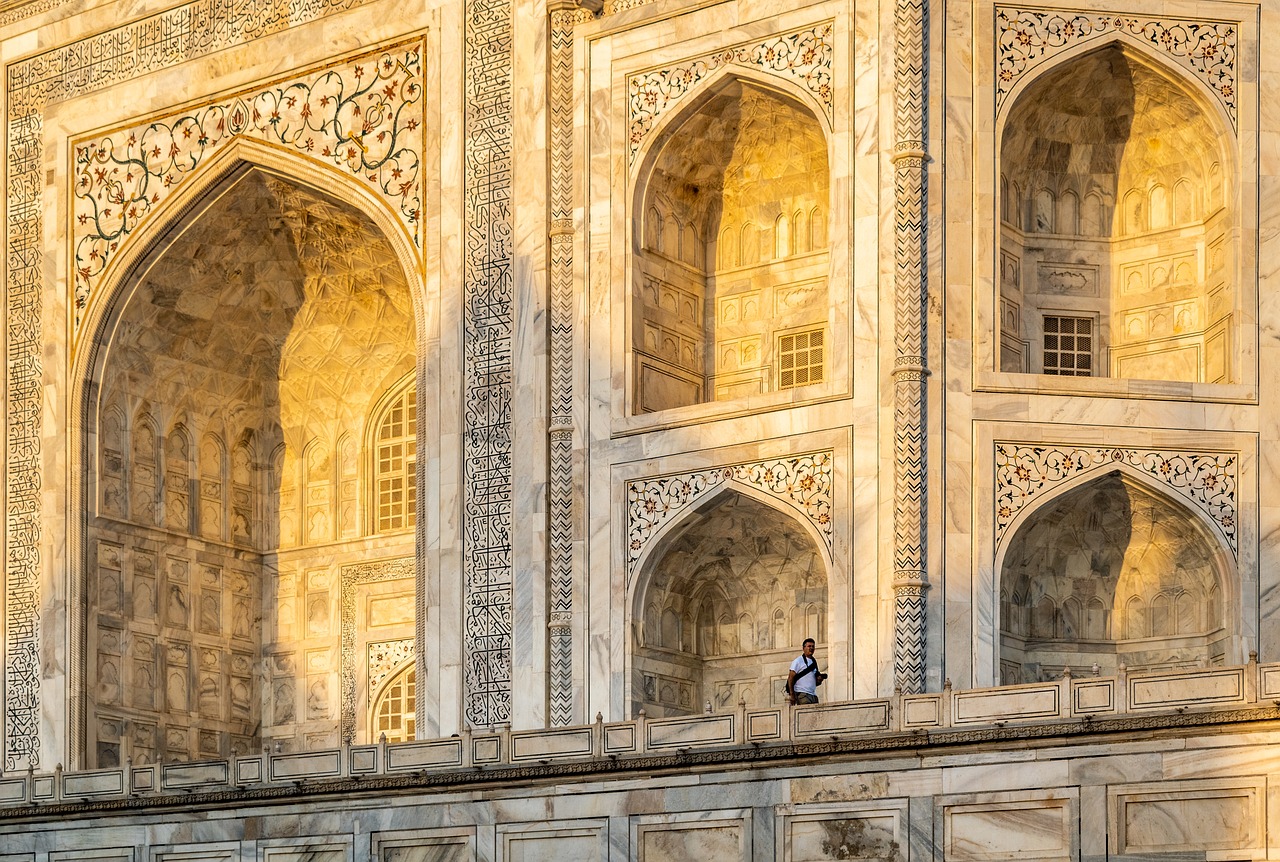
The Taj Mahal, India’s shimmering marble mausoleum, draws between 7 and 8 million tourists each year. Pollution from the nearby city of Agra and the sheer volume of visitors have left the marble yellowed and pitted. In 2023, Indian authorities announced new measures including capping daily visitors and increasing conservation funding. Shoes, humidity, and the oily residue from hands have all contributed to the deterioration of the intricate inlaid designs. Security has been tightened, and certain days now see significantly reduced entry, yet the pressure persists. In 2024, cracks appeared in some of the surrounding walkways, blamed on excessive foot traffic and poor drainage aggravated by crowds. Conservationists warn that unless these trends are reversed, future generations may only know the Taj Mahal as a faded memory rather than the dazzling wonder it was meant to be.






